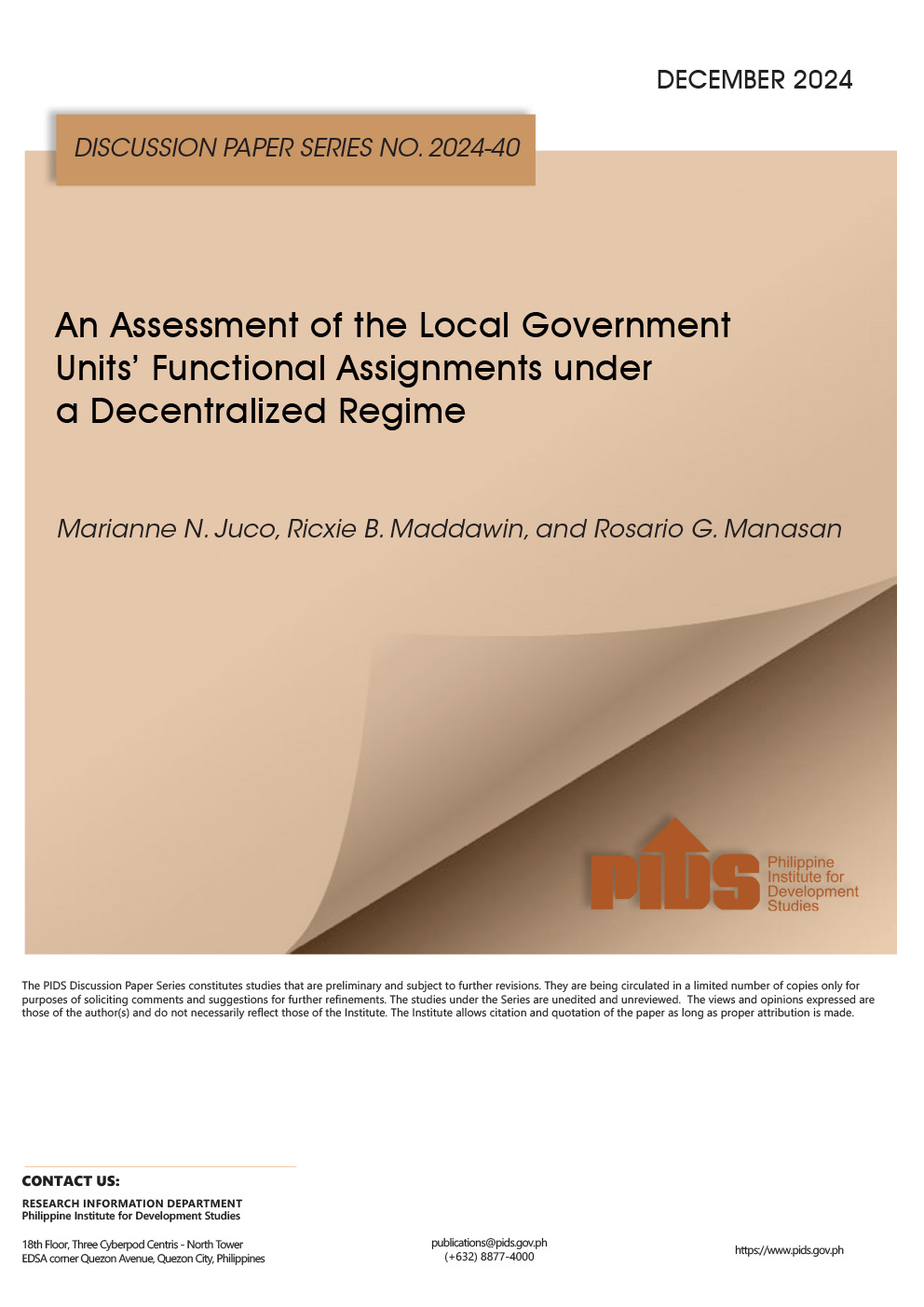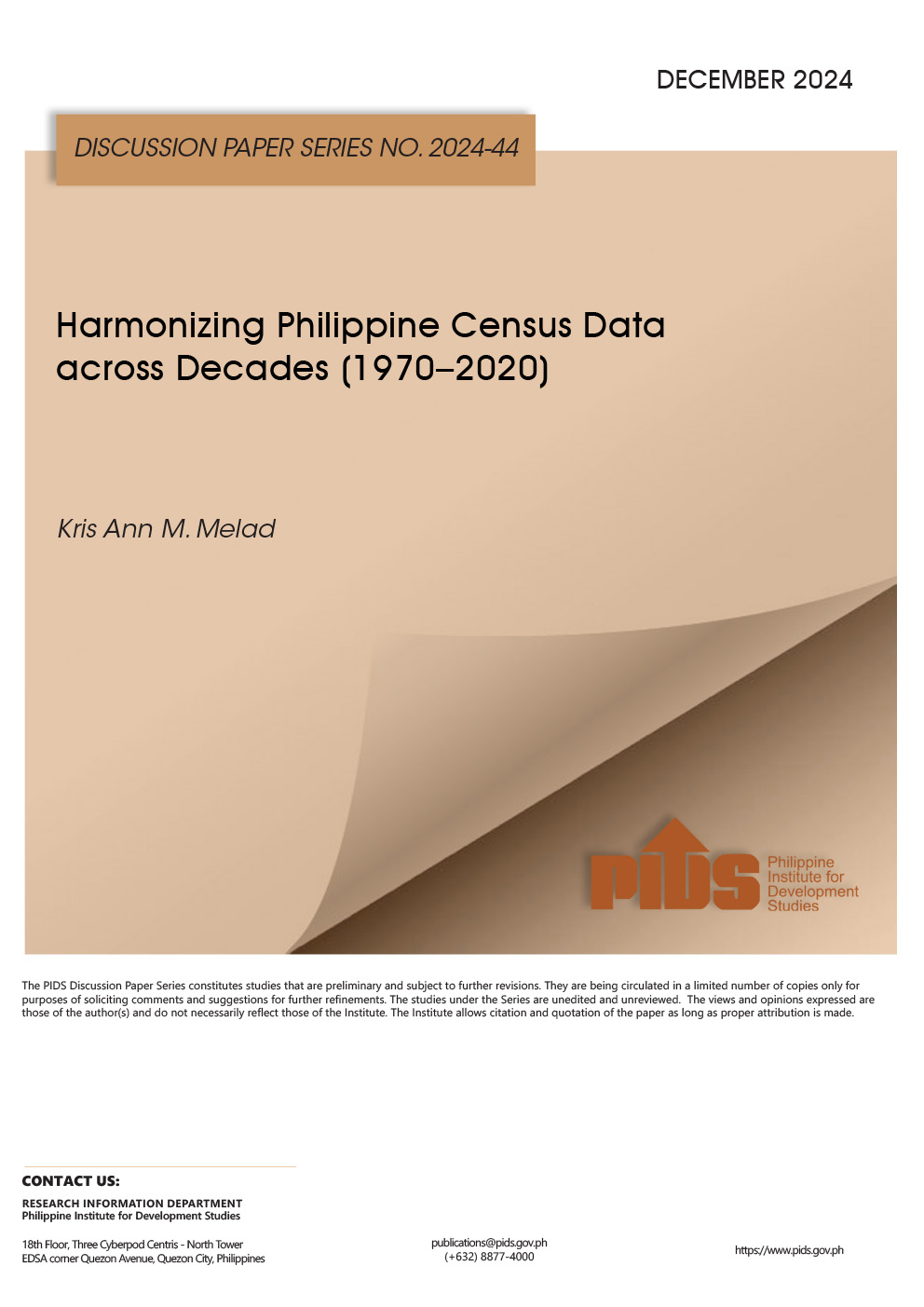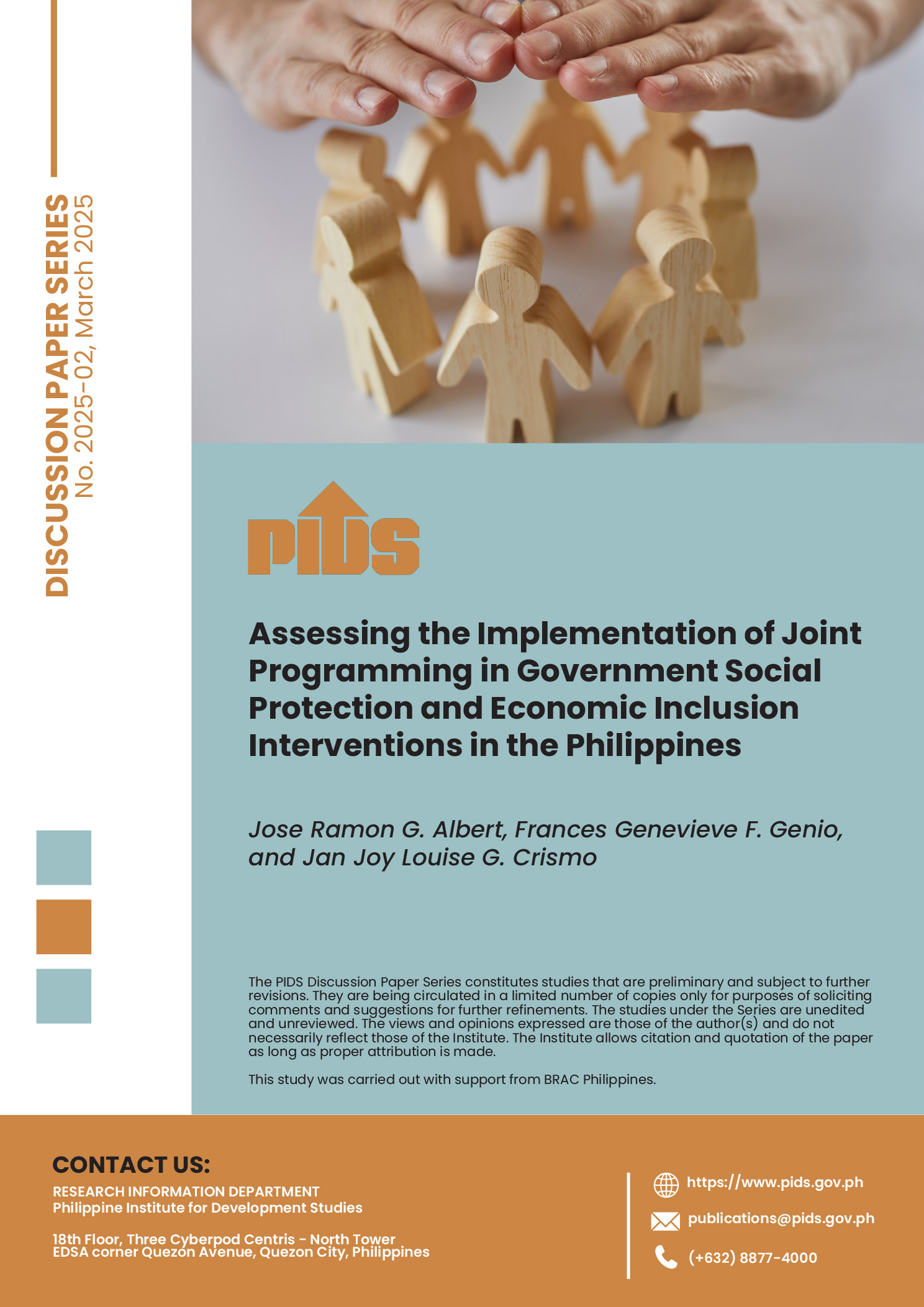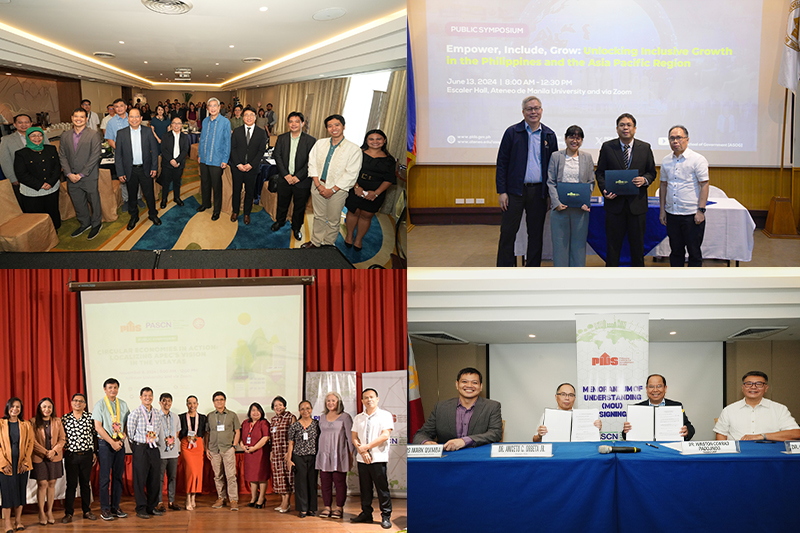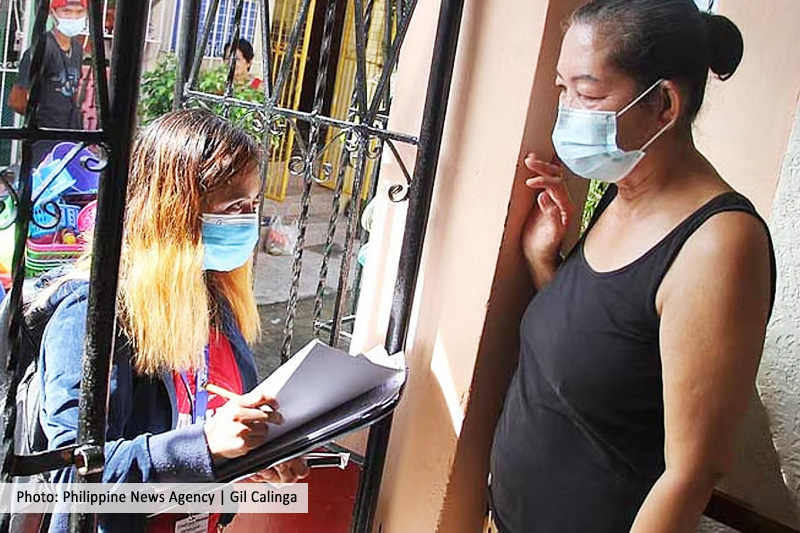Recipients of unconditional cash transfers (UCT) were found to really spend most of the support funds for food and education-related expenses especially in times of calamities, said state-run think tank Philippine Institute for Development Studies (PIDS).
Taking off from the results of a recently-published study, PIDS research fellows Celia Reyes, Jose Ramon Albert and Charina Cecille Reyes said contrary to the negative perception of cash transfer programs, the use of UCT has a huge contribution to the economic recovery of households especially in times of disasters.
The authors are citing the findings in a new study titled “Lessons on Providing Cash Transfers to Disaster Victims: A Case Study of UNICEF’s Unconditional Cash Transfer Program for Super Typhoon Yolanda Victims.”
The government would be providing UCT to the poorest households in the country to blunt the inflationary effect of the Tax Reform for Acceleration and Inclusion (TRAIN) law. The unconditional transfers are placed at P200 only for the first year of implementation of the TRAIN law and P300 for the second and third years of enforcement.
The study zeroed in on the emergency UCT program of the United Nations Children’s Fund (UNICEF) applied to victims of Typhoon Yolanda in Tacloban City and neighboring municipalities from February 2014 to July 2014. During this time, families affected by the deadly typhoon received a monthly cash assistance of P5,000.
The six-month program targeted households with pregnant and lactating women, children suffering from acute malnutrition or at risk of malnutrition, persons with disabilities, persons with chronic illness, elderly persons, single female-headed households, child-headed households, and households hosting separated children.
UCT is different from the conditional cash transfer program (CCT) because it does not impose conditions on the beneficiaries to allow them to address the specific needs of their households.
“Contrary to the negative perception of cash transfer programs, the UCT has actually been a big help to beneficiary households” in various aspects of the victims’ recovery,” PIDS said in the study.
The policy research body said beneficiaries were found to spend more than half of the cash assistance on food, resulting in a significant decline in the prevalence of malnutrition among children from five percent to about about one to two percent.
“It also improved the educational status of children in affected area,” said PIDS.
PIDS noted that the program’s effect on the recovery of beneficiaries were more evident on those who used a part of their cash transfer for livelihood or savings.
The researchers emphasized, however, that while the program had yielded positive results, six months of assistance may not have been long enough for some households to get back on their feet.
PIDS also noted in the study that similar programs in the future would work better when supply chains are working well and there is proper targeting of beneficiaries.

